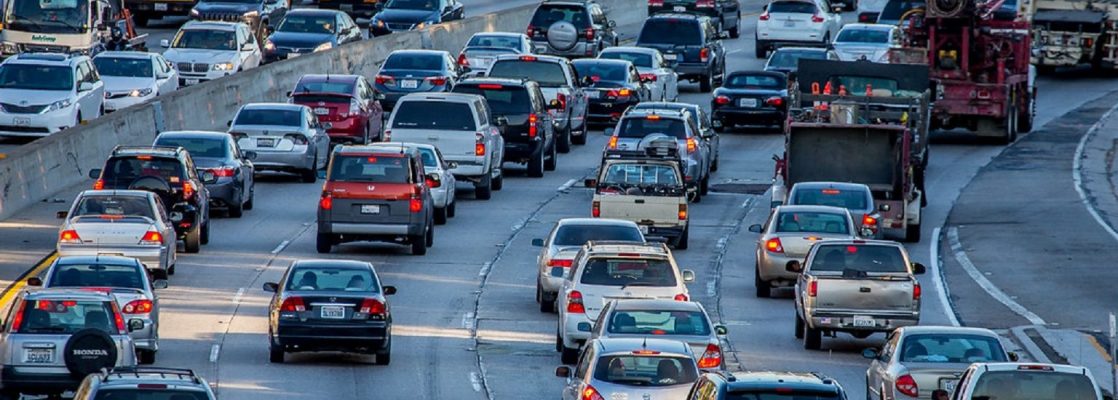
Transportation plays a vital role in our modern society, enabling the movement of people and goods across vast distances. However, the convenience and efficiency of transportation come at a significant cost to the environment. In this blog post, we will delve into the various ways in which transport negatively impacts the environment, shedding light on its detrimental effects.
- Greenhouse Gas Emissions:
Transportation is a major contributor to greenhouse gas emissions, primarily through the burning of fossil fuels. The combustion of gasoline and diesel in vehicles releases carbon dioxide (CO2), a greenhouse gas that traps heat in the Earth’s atmosphere. Additionally, transportation also emits other pollutants such as nitrogen oxides (NOx) and particulate matter (PM), which contribute to air pollution and have adverse health effects. - Climate Change:
The excessive release of greenhouse gases from transportation activities is a significant driver of climate change. The accumulation of CO2 in the atmosphere leads to the intensification of the greenhouse effect, resulting in rising global temperatures, melting ice caps, and more frequent extreme weather events. The transportation sector, particularly road vehicles and airplanes, is a major contributor to this phenomenon. - Deforestation and Habitat Destruction:
The expansion of transportation infrastructure, such as roads and railways, often requires clearing vast areas of land. This process leads to deforestation, which not only reduces the Earth’s capacity to absorb CO2 but also destroys crucial habitats for countless plant and animal species. The fragmentation of ecosystems caused by transportation infrastructure further disrupts biodiversity and ecological balance. - Noise Pollution:
Transportation, especially in urban areas, generates significant noise pollution. The constant rumble of vehicles, honking horns, and roaring engines can have detrimental effects on human health, including increased stress levels, sleep disturbances, and reduced cognitive performance. Moreover, noise pollution also disrupts wildlife habitats, affecting their communication, feeding patterns, and reproductive behaviors. - Resource Depletion:
Transportation heavily relies on non-renewable resources such as oil and gas. The extraction and consumption of these resources contribute to environmental degradation, including habitat destruction, water pollution, and the release of toxic substances. Moreover, the extraction process itself requires energy and often involves environmentally damaging practices, such as drilling and mining.
Conclusion:
Transportation, while essential for societal development, has a profound negative impact on the environment. From greenhouse gas emissions and climate change to deforestation and noise pollution, the detrimental effects are far-reaching. Recognizing the environmental consequences of transportation is crucial for developing sustainable alternatives and mitigating its harmful effects. As individuals and societies, we must strive to embrace greener modes of transportation, promote public transportation, and support policies that prioritize environmental conservation.

